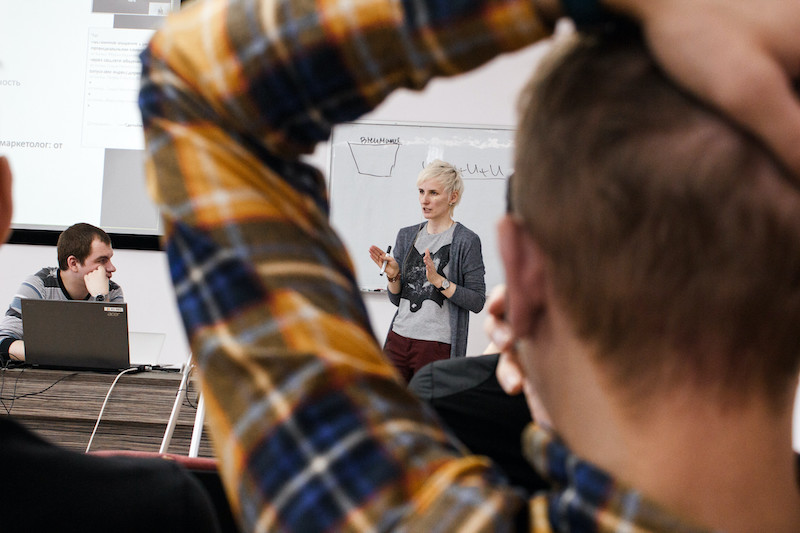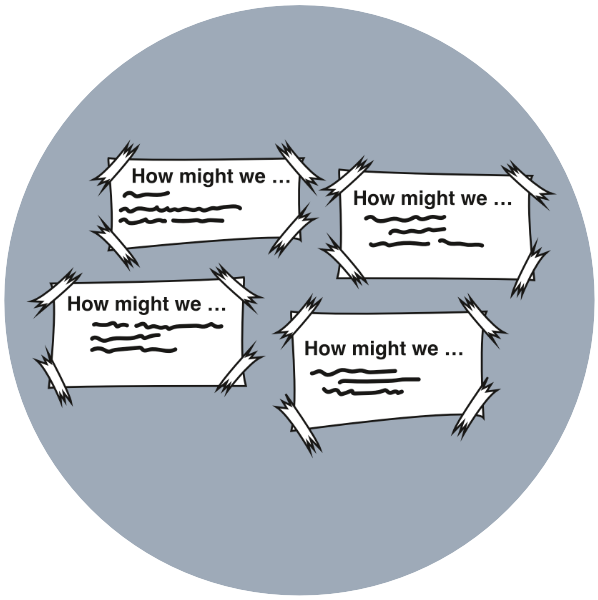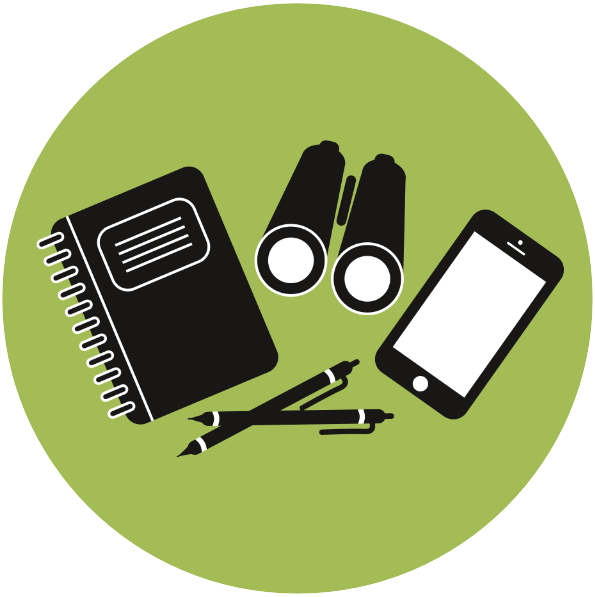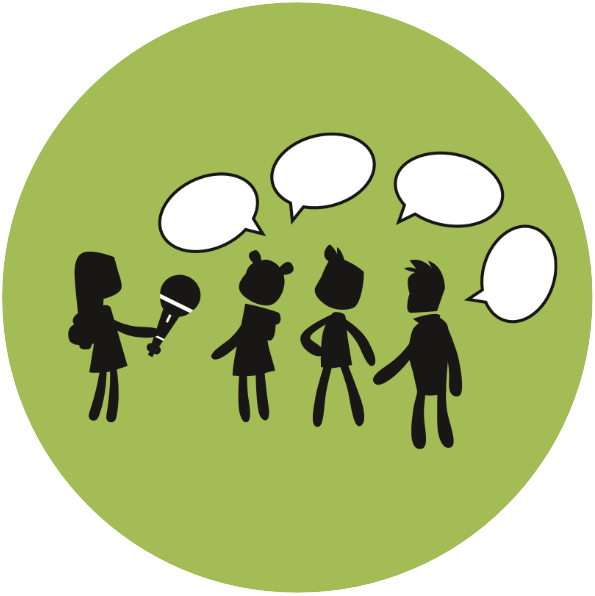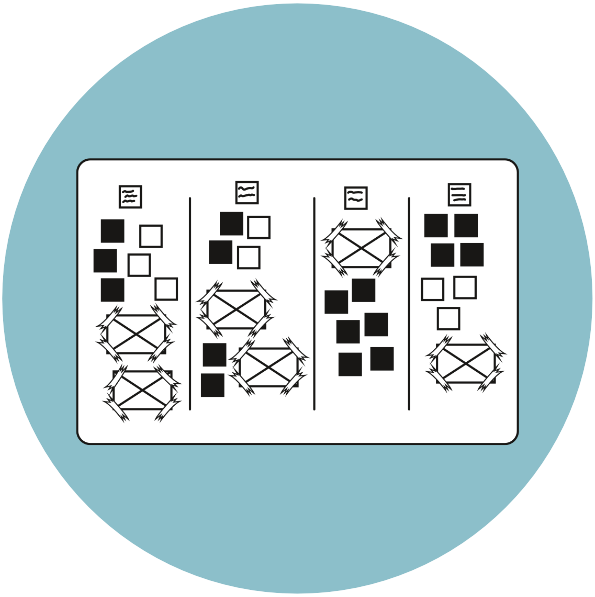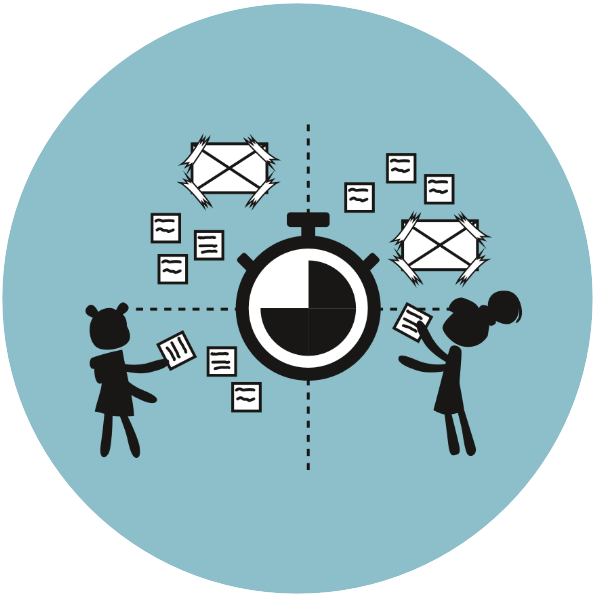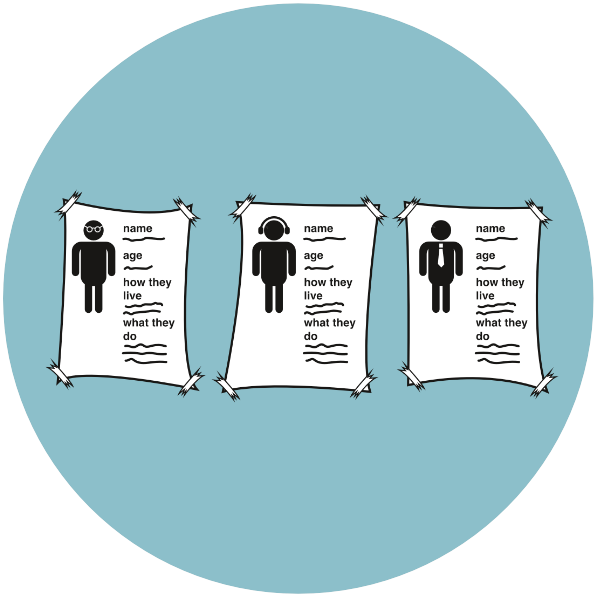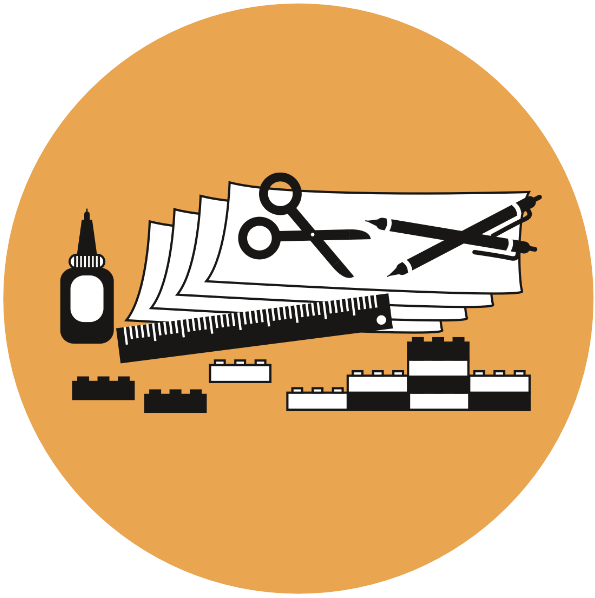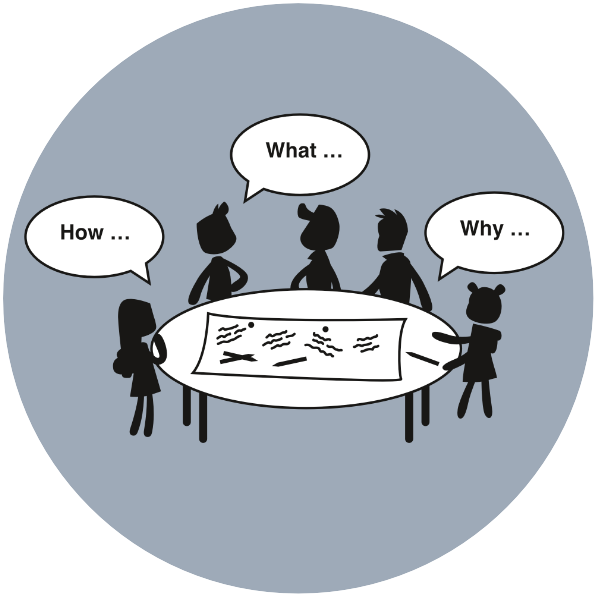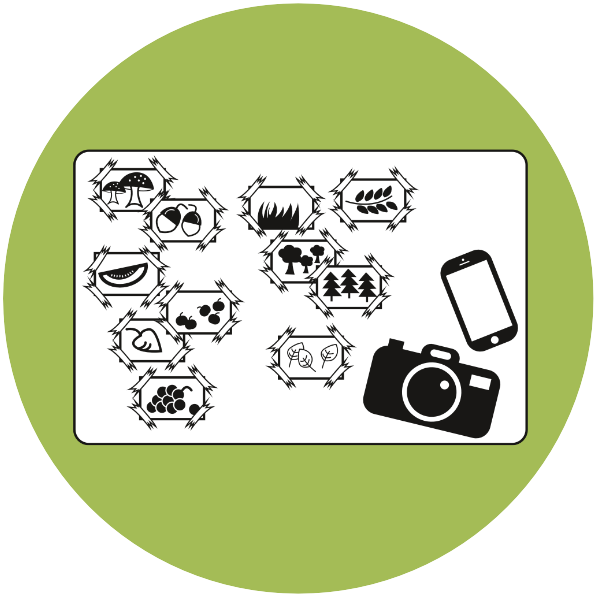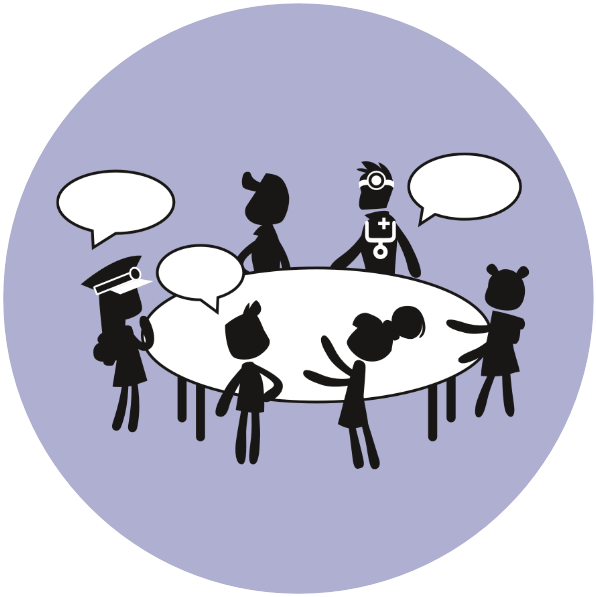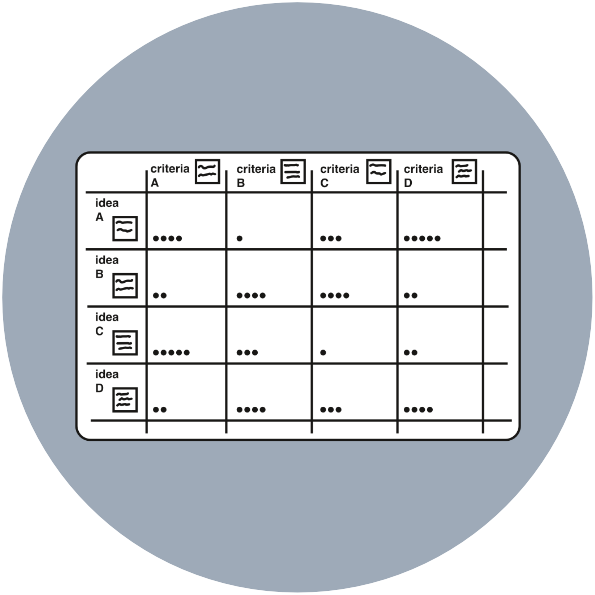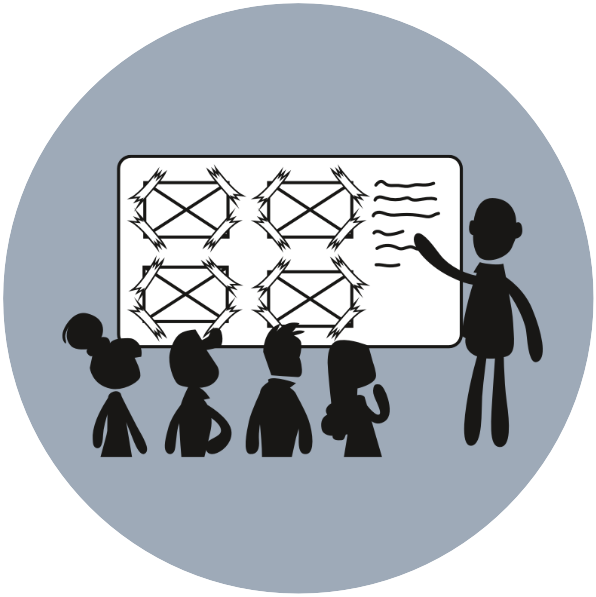Broad concepts like biodiversity or sustainability, immigration, inequality or ”peace” but also more specific issues like social media, food waste, stress or lack of areas for children to play in the city could be interesting starting points for a cross-disciplinary course.
Based on these broad concepts the pupils should ask each other how they experience the issue, do research amongst their family and friends and engage in further desktop research on the subject chosen.
On the basis of those results they formulate specific challenges to investigate and work with, for example, ”How can young girls be made aware of how social media influences them?” or ”how might we create habitat areas for bees and insects in our schoolyard?”
Working with such problem areas would require the pupils to gather knowledge about the functionality and programming of social media, to study the natural habitats for bees and insects and the impact of a lack of biodiversity on humans.
This would create a motivation for investigating certain aspects of for example biology, psychology and computer programming.
To create solutions the pupils would also have to learn how to create a website, design a campaign, build a bee hive or plant flowers that would attract bees and insects and other kinds of subject areas.
